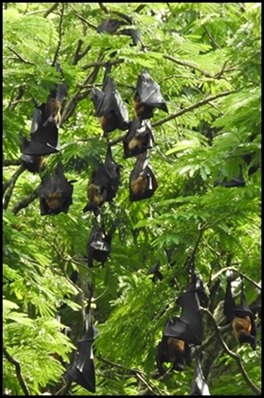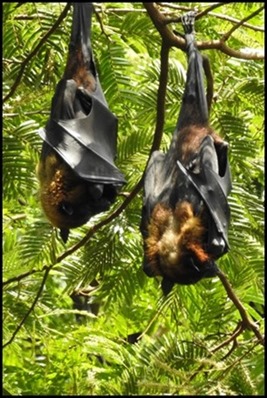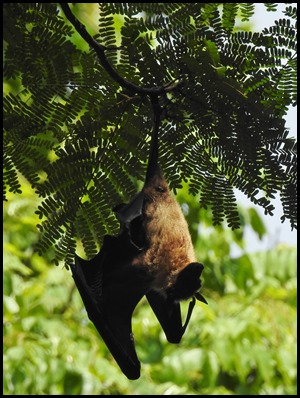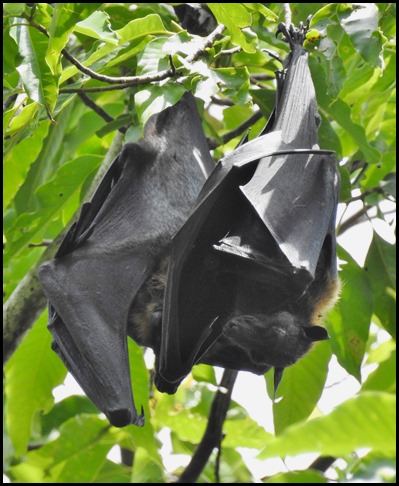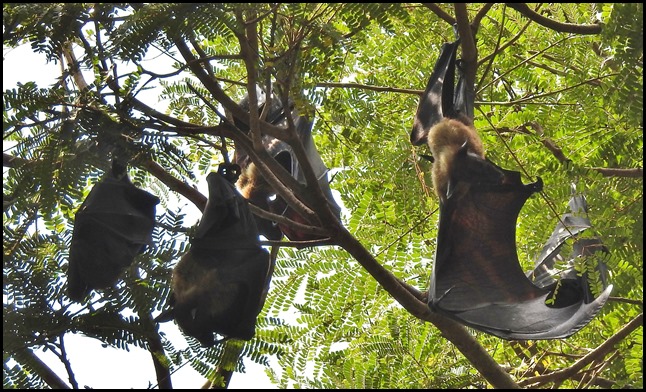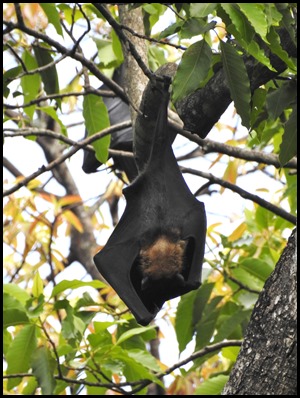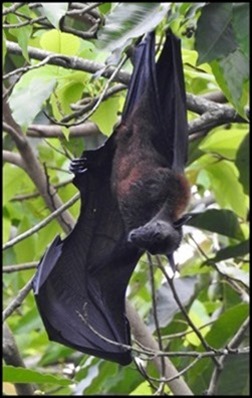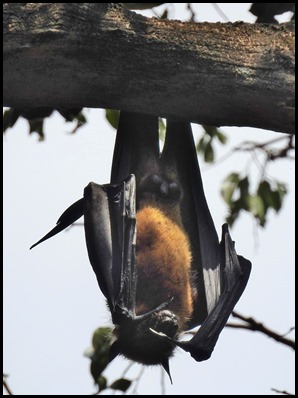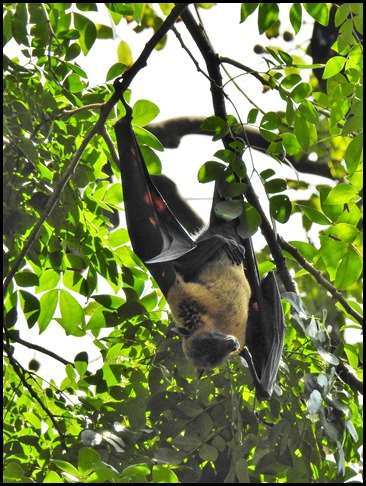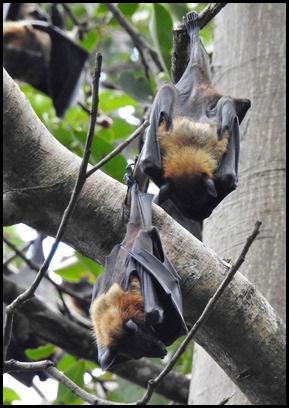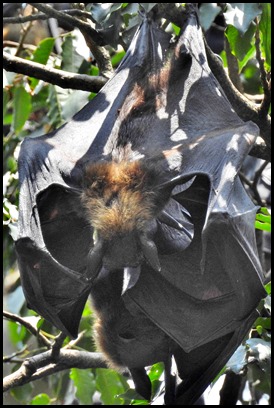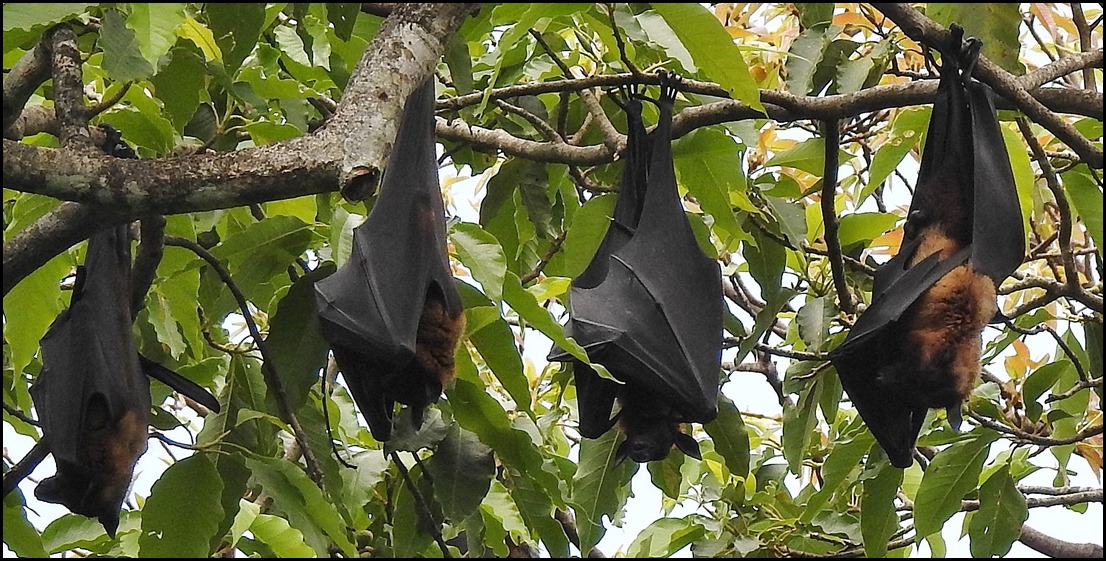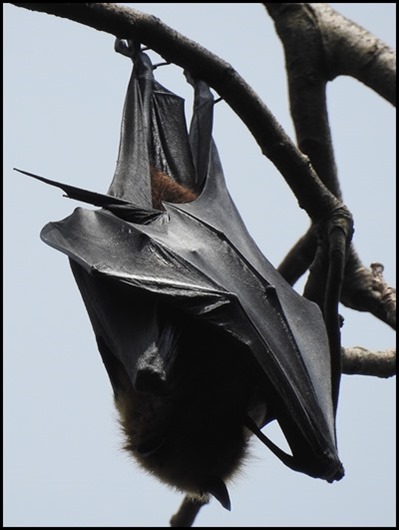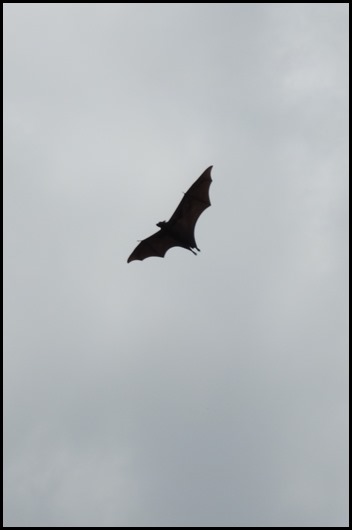Kandy BG Bats

|
The Bats of Kandy Botanic
Garden
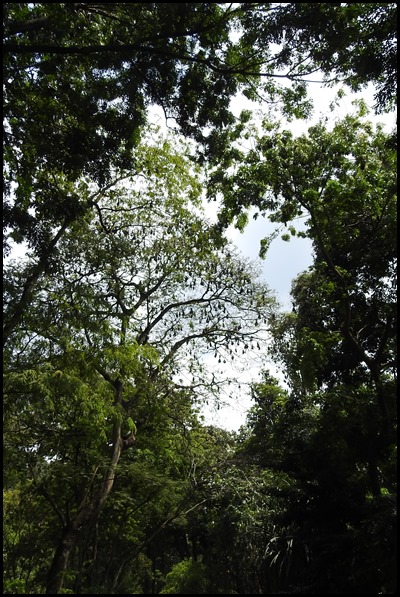 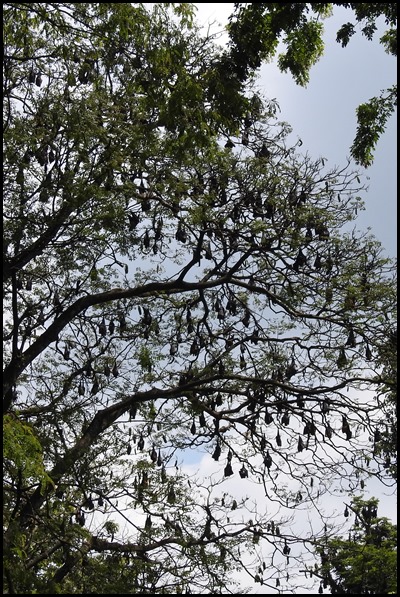  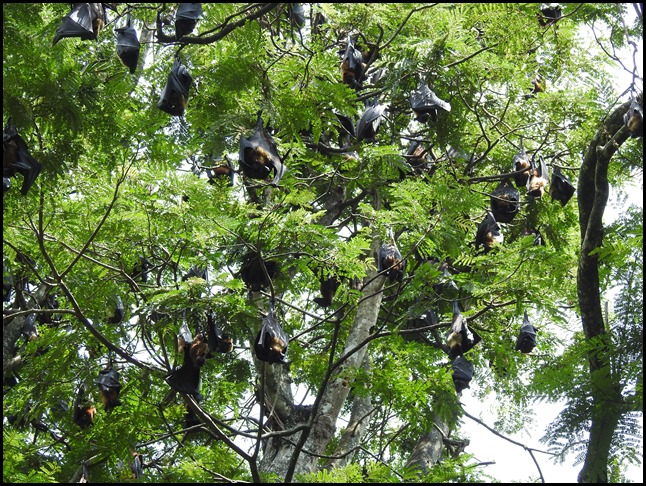 We bimbled to the far corner of The
Kandy Botanic Gardens where we knew a bat colony
live. The noise and the scent told us we were there.
Bats belong to the order Chiroptera, with
more than 1110 species globally making up one fourth of all the mammals. Largely
found in South Asia, but also occur in adjacent China and Southeast Asia. In Sri
Lanka found in Central, Eastern, North Central, Sabaragamuwa, Southern, Uva and
Western provinces. The ecosystem services provided by bats include
pollination, seed dispersal and crop protection by predation and elimination of
various pests. Sri Lanka hosts as many as 30 different species of chiropterans.
Among them, megabats (Family: Pteropodidae) of Sri Lanka
is represented by four species of fruit bats including the flying fox
(Pterpous giganteus), which is known
to have the largest spatial distribution in the island. They live up to an
elevation of 2000 metres.
These bats are about 600 grams to 1600 grams in weight, 23 centimetres in body length and a wing span of 1.2 to 1.5 metres. These bats roost in trees and fan themselves using their wings for thermoregulation. They mate freely, with no pair bonds occurring between males and females. Females are defended by males that live in their roosting tree from intruding males. Baby bats are born between April to early June. They are looked after only by their mother and carried along for around 10 weeks. Become sexually mature at one year. Often, a colony of Pterpous giganteus consists of thousands of individuals distributed in many roosting trees. The colony in the Royal Botanic Gardens, Peradeniya consists of around 24,000 flying foxes. The colony size size varies due to food availability in its night foraging habitat. These colonies usually roost near a body of water. They feed on fruits, flowers and nectar. They leave the tree at sunset to feed and return after feeding, digesting and resting for several hours. They travel up to fifteen kilometres to and from their roost for night foraging. Depends on sight instead of echolocating.
We spent an hour watching their sleeping, dozing between scratching, occasional changes of branch or tree. And noisy.......
Just love these little Batman creatures.
ALL IN ALL FASCINATING TO
WATCH
A HUGE
FLOCK....... |
